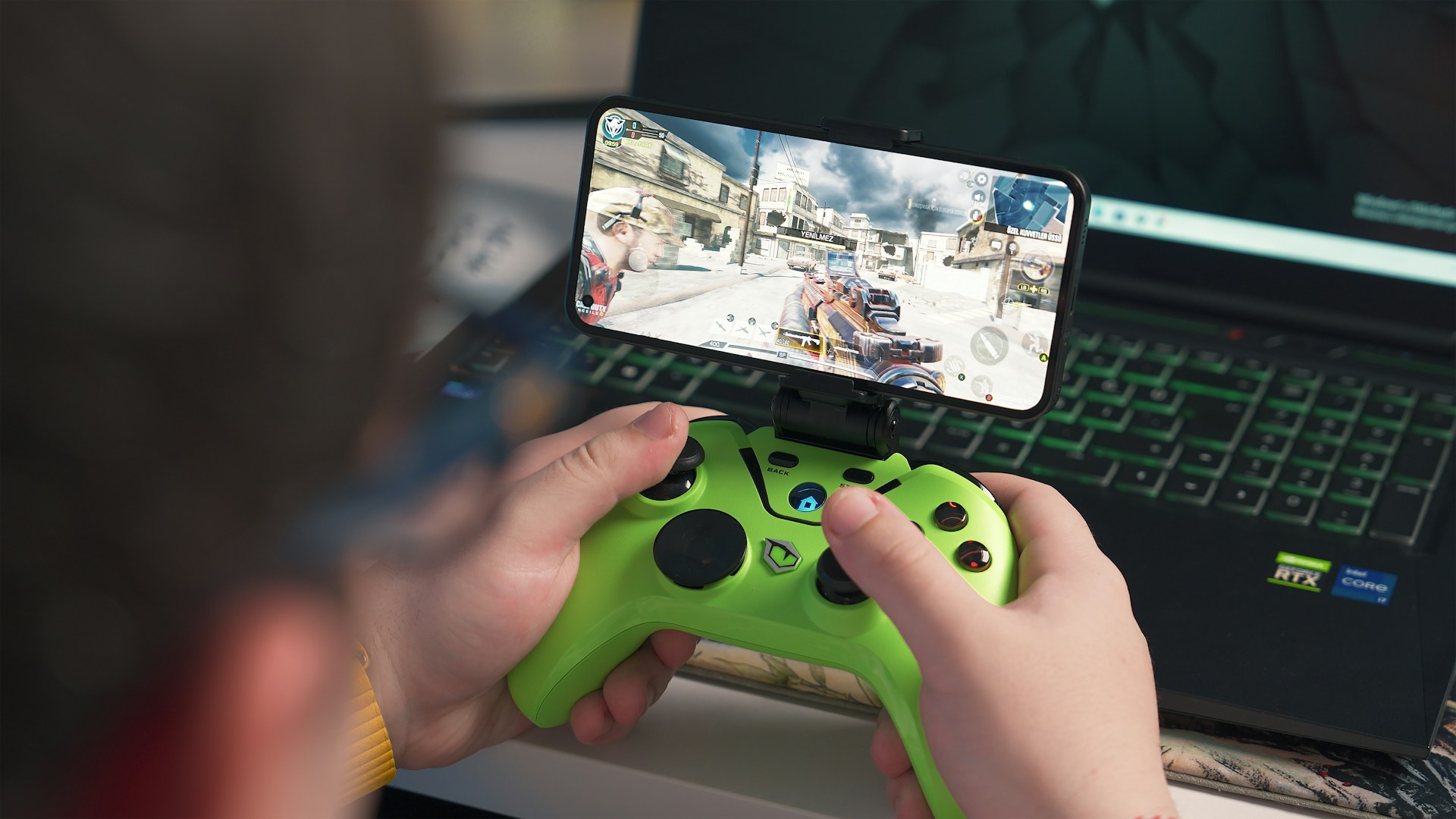Today’s teenagers are growing up in a world where social media and digital games play a significant role in their lives. This environment offers many opportunities for communication, learning and entertainment, but also carries risks of developing problematic behaviour and addiction.
Gender differences
The Health and Behaviour of School-aged Children (HBSC) study, conducted in collaboration with the WHO Regional Office for Europe, found significant gender differences in social media and digital game use among adolescents. Girls are more likely to be in constant online contact and more likely to engage in problematic social media use, while boys are more likely to play digital games, both at a non-problematic level and at risk of developing gaming addiction.
Read also: Platform “Ukraine for Every Child”: support on the path to adoption
Social media: constant contact and problematic use
Overall, 36% of teenagers reported constant online contact with friends and other people, with the highest rate (44%) among 15-year-old girls. Most often, adolescents keep in constant online contact with close friends (26%), and least often with friends they met online (7%).
The data analysis allowed to identify four categories of social media users: inactive, active, intensive, and problematic. 11% of adolescents were classified as problematic users of social media, which shows an increase in this figure since 2018 (7%). Problematic use of social media was most frequently observed among 13-year-olds.
Read also: The right to education in times of war: what challenges does the state face?
Digital gaming: a daily hobby and the risk of addiction
34% of teenagers play digital games every day, and 22% play at least four hours a day. Boys tend to play more frequently and for longer periods than girls. Daily gaming peaks at 13 years for boys and 11 years for girls.
The analysis allowed to identify three categories of players: those who do not play, those who play without problems, and those who are at risk of developing gambling addiction. 12% of adolescents fell into the latter category, with this figure being higher among boys.
Read also: Homeless people in Ukraine: how the war has exacerbated the problem
What to do about it
The study provides important insights for the development of interventions and policies for the healthy use of digital technologies by adolescents. The increase in problematic use of social media signals the need for stronger measures to regulate youth access to digital technologies.
Special programmes should be developed to promote healthy lifestyles in the digital age, taking into account the gender-specific characteristics of social media and gaming. Parents, policymakers, and teachers need to understand the difference between heavy and problematic use in order to identify adolescents at risk.
The industry should also be responsible for monitoring and enforcing age restrictions for social media and games, and avoiding the use of intense reward mechanisms that can contribute to addiction.
Read also: WHO and partners have provided Ukraine with 23 ambulances to enhance medical services during the war



